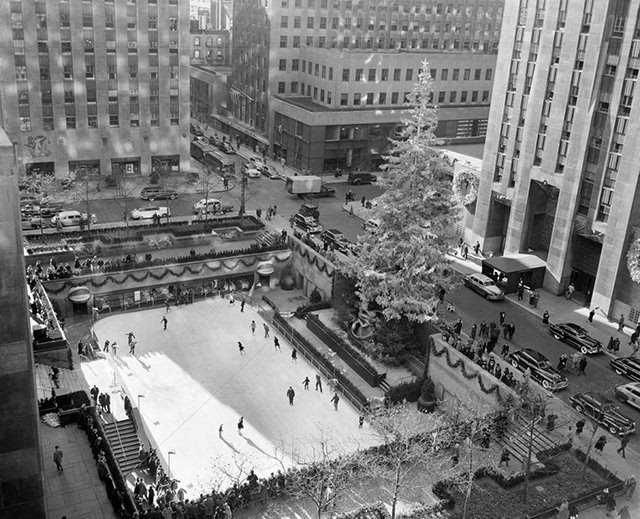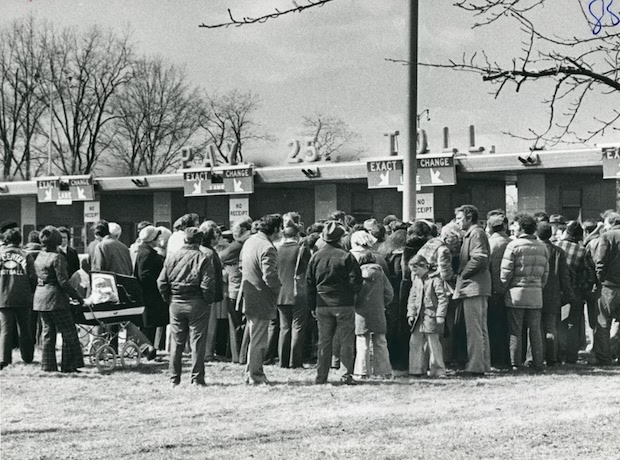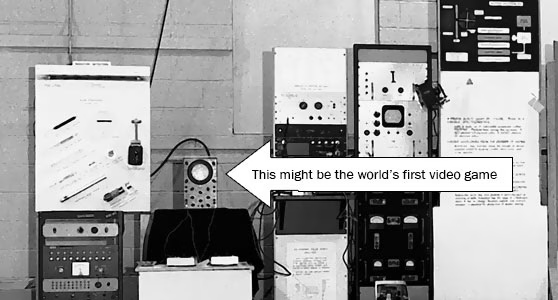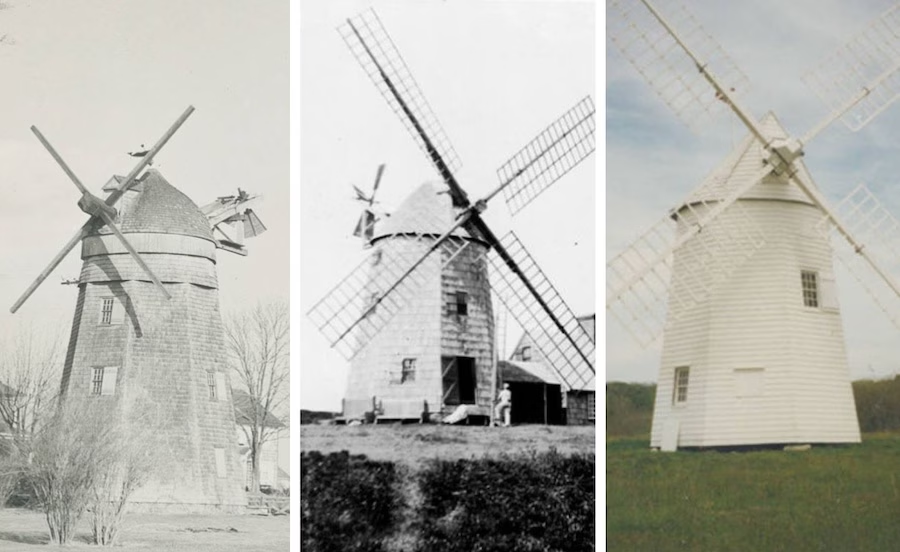In 1949, a towering 75-foot Norway spruce from Yaphank lit up Manhattan, becoming one of the most extravagant Christmas trees in Rockefeller Center history.
Imagine the most dazzling holiday display possible—a glistening, snow-covered tree adorned with vibrant ornaments and colorful lights—taking center stage in the heart of New York City. That’s precisely what happened when Charles Everett Walters of Yaphank donated this extraordinary tree for the holiday season.
According to the Yaphank Historical Society, the tree underwent a remarkable transformation before it reached Rockefeller Center. Its branches were coated with hundreds of gallons of silvery-white paint to simulate a snow-covered look. By day, the tree shimmered with 500 plastic globes in shades of blue, yellow, orange, orchid, and red. At night, it sparkled with 7,500 multicolored lights. Adding to the magic, the promenade leading to the tree was lined with 576 giant, illuminated, whirling snowflakes.
The display was a showstopper, and it’s no surprise that it caused traffic chaos on 5th Avenue as visitors flocked to see the spectacle. After the plain and subdued holiday displays during World War II, this extravagant tree became a symbol of post-war celebration and hope.
The tree garnered widespread attention, earning a feature in the New York Times on November 29, 1949, with the headline, “7,500 Bulbs at Night, ‘Icy’ Coat by Day, Light the Rockefeller Center Christmas Tree.” It also appeared in Life Magazine, further cementing its place in holiday history.
This wasn’t the only Long Island tree to grace Rockefeller Center. During World War II, a 50-foot tree from Huntington was displayed, though it remained unlit due to blackout regulations. In 1951, an 82-foot tree from Lake Ronkonkoma also became part of this cherished tradition.
Long Island’s contributions to this iconic New York City celebration remind us of the magic and community spirit that make the holiday season shine so brightly.
Photo: Courtesy of the Yaphank Historical Society. Used with permission.




